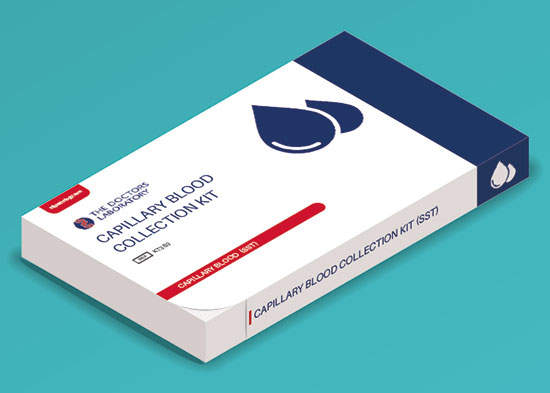A Lipid Profile blood test is a key diagnostic tool used to assess an individual’s lipid levels and cardiovascular health. This test measures different types of fats in the blood, helping to evaluate the risk of heart disease and other cardiovascular conditions.
Blood Test Cost – £99
Components of a Lipid Profile Blood Test:
- Total Cholesterol:
- This is the overall amount of cholesterol in the blood, which includes all types of cholesterol.
- Low-Density Lipoprotein (LDL) Cholesterol:
- Often referred to as “bad” cholesterol, high levels of LDL can lead to the buildup of plaque in the arteries, increasing the risk of heart disease and stroke.
- High-Density Lipoprotein (HDL) Cholesterol:
- Known as “good” cholesterol, HDL helps remove other forms of cholesterol from the bloodstream. Higher levels of HDL are associated with a lower risk of heart disease.
- Triglycerides:
- This test measures the level of triglycerides, a type of fat in the blood. High triglyceride levels can increase the risk of heart disease, especially in combination with high LDL or low HDL.
Why a Lipid Profile is Important:
- Cardiovascular Risk Assessment: The lipid profile helps determine an individual’s risk of developing heart disease, guiding lifestyle changes and treatment options.
- Monitoring Treatment: For individuals already diagnosed with high cholesterol or those on cholesterol-lowering medications, regular lipid profiles help monitor effectiveness and adjust treatment as needed.
- Guiding Lifestyle Changes: Results can encourage individuals to adopt healthier habits, such as improved diet, increased physical activity, and weight management.
Ideal Lipid Levels (General Guidelines):
- Total Cholesterol: Less than 200 mg/dL is considered desirable.
- LDL Cholesterol:
- Optimal: Less than 100 mg/dL
- Near Optimal: 100-129 mg/dL
- Borderline High: 130-159 mg/dL
- High: 160-189 mg/dL
- Very High: 190 mg/dL and above
- HDL Cholesterol:
- Low (risk factor): Less than 40 mg/dL for men and less than 50 mg/dL for women
- High (protective): 60 mg/dL and above
- Triglycerides:
- Normal: Less than 150 mg/dL
- Borderline High: 150-199 mg/dL
- High: 200-499 mg/dL
- Very High: 500 mg/dL and above
Preparation for the Lipid Profile Blood Test:
- Fasting for 9–12 hours before the test is often recommended to obtain accurate triglyceride levels, but some guidelines allow for non-fasting lipid profiles.
To Book with our Phlebotomist please click the calendar below and find a suitable time for your appointment
Lipid Profile – Self Test Kit
Our test at home kit for Lipid Profile. A capillary blood sample collection kit used…







